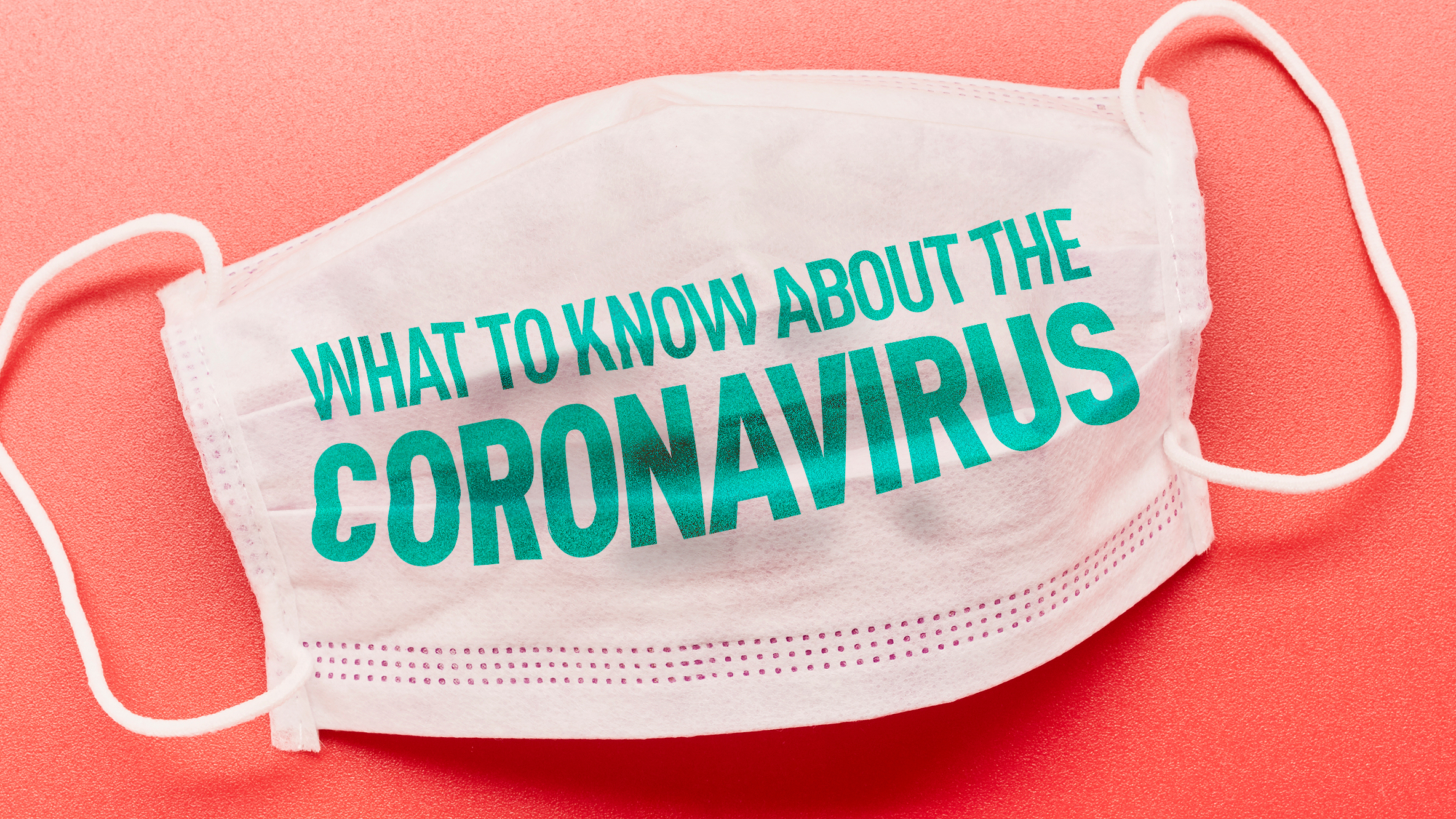The coronavirus is hitting an ailing American public health system hard.
No state was ready for this emergency, according to an annual review.
“In every state, we’re pretty far from our optimal level of being prepared,” said Glen Mays, lead researcher for the National Health Security Preparedness Index. “We’ve had a lot of years of underinvestment. Eventually, that catches up. That’s when these weaknesses are exposed.”
The health index combines more than 100 measures of a state’s ability to handle a public health emergency, ranging from the number of physicians per 100,000 residents to the capacity of each state’s testing labs.
Coronavirus Pandemic
Full coverage of the COVID-19 outbreak and how it impacts you
The Centers for Disease Control and Prevention created the index in 2013. The Robert Wood Johnson Foundation now sponsors it.
In 2019, the latest year available, the national index stood at 6.7 on a 10-point scale – meaning the country was roughly two-thirds as well-prepared as it could be for a public health emergency.
Several states are below the national average, including four of the biggest – California, Texas and Michigan, as well as Washington, the epicenter of the coronavirus epidemic.
Some states are above the average, “but no states are at an optimal level,” said Mays, a professor of public health at the University of Colorado.
“As a country, we have not been paying attention” to public health, he said.
Mays pointed to several measures on the health index where the coronavirus could strain individual states.
Take for example physicians to care for the sick. North Dakota has the fewest physicians per resident of any state, 105 physicians for every 100,000 residents. Vermont has nearly six times as many, 605 per 100,000.
Public health labs in seven states – Arkansas, Georgia, Montana, Oregon, Utah, Vermont and West Virginia -- don’t have surge capacity to test for outbreaks like this one. West Virginia was the last state to identify a coronavirus case, several days after the governor acknowledged that the virus had to be present there.
In severe cases, coronavirus patients may require treatment in airborne infection isolation beds. The supply of these beds is severely limited in some states, plentiful in others, ranging from 7 per 100,000 residents in Hawaii to 233 per 100,000 in District of Columbia. The median is 29 beds.
The pandemic has struck hard among the elderly. A Centers for Disease Control report earlier this week listed mortality rates exceeding 10 percent among patients aged 85 and above. The first large cluster of fatalities in the United States occurred at a nursing home in Kirkland, Wash.
The health index shows that nursing homes in many states have a history of disease outbreaks. While nursing homes in most states have had two or fewer outbreaks per 1,000 nursing home residents, a handful of states have much worse records: 6 per 1,000 residents in Maine and New Hampshire, 11 per 1,000 residents in Wisconsin, 17 per 1,000 residents in Oregon.



